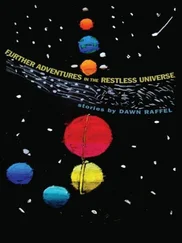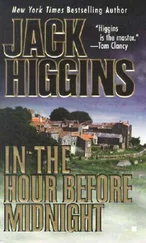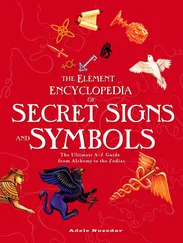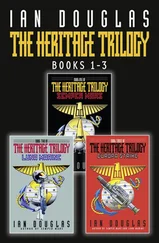It was in the 1940’s when what can be called “golden age” of national cartoon starts, and its milestone is the appearance and consolidation of the cartoon considered serious and adult, with the magazine Intervalo of Editorial Columba in 1945. The magazine Billiken was already being published for children, and Patoruzito , the child version of the character Patoruzú, for young adults. In 1945 Patoruzito published Lanza Seca by Roux, who writes a series on the Conquest of the Desert and the war against indigenous people. We must remember that Patoruzú was published for the first time in the last page of the newspaper Crítica in October 1928, when its creator, Dante Quinterno, was 18 years old. The main character was the last offspring of the Tehuelche tribe, son of a rich cacique from Patagonia, a paradigm that also describes a cultural web full of nuances and history.
In 1950 the cartoon strip Hormiga Negra appeared in La Razón , created by Walter Ciocca; then there was a saga about a border fort and the men who inhabited it: Fuerte Argentino, also by Ciocca, was published in the magazine Misterix ; for this work, he asked for the contribution of the historian Hugo Portas. Cabo Savino, by Carlos Casalla, was born in 1954 in the newspaper La Razón and it has a historical record, because it has six uninterrupted decades of gallops on a horse, fights with knives and raids of indigenous people, changing the media where it was published. In 1958, the first issue of the magazine Patrulla appeared, with characters such as Cirilo el Argentino, by Rapela. In 1967, Enrique initiates the publishing house Cielosur, with some partners, and his gauchos characters El Huinca and Fabián Leyes start to lead their respective publications, where there were other cartoon strips, but always with the same subject, like the already mentioned Lanza Seca by Roux and Mapuche by Almendro and Desilio.
The publishing house Cielosur gives rise to magazines of several sizes and regularity: some are monthly, others are albums or delivered by installments. In the cartoon strips, there was a segment to the origin of words like pulpería, sangría, ranqueles. Rapela’s passion for expanding the reader’s knowledge leads to the appearance of a special section called Conozcamos lo nuestro [The Gaucho’s Heritage], described as “a singular encyclopedia of rural terminology”, that, in 1977 and in successful subsequent editions, was published in three volumes. In the dialogs of booth cartoons, there is an intention of reflecting the gauchos’ talk, and a lot of their expressions are reproduced there. We could say that both heroes –El Huinca and Fabián Leyes that appeared in Patoruzito and the newspaper La Prensa respectively, during the 1970’s– are archetypical twins of an avenger that, together with their side parties, help others. The companion of the first one is Zenón, and of the second one, Amancio. “For them, that is their life, pampa and sky. Sandy bogs and scrublands. Free like the wind, happy like birds when the day is born”, this can be read in one of the strips. However, sometimes they were also hired as guides for exploration watches around the forts due to their knowledge of the plains and the surroundings.
This entrepreneurial and didactic value joins forces with the aesthetic value, since, if we focus on Rapela’s art, we have to highlight specially the images where he registered the landscape portraying a serene sky with subtle vertical strips; or when he describes the black silhouettes with light white touches that indicate the moonlighting in contrast with the figures. The clothes and the type of fabric are shown in their wrinkles that are represented with skill, as well as the ranchos, the roads, the trees and the stagecoaches are described. It is a restrained, composed, classical drawing, but with greys that not only enrich the composition, but work as ornament. They are fresh drawings, with vigorous strokes and great skill in the use of the brush and the pen. But he outstands specially in the drawing of horses, with excellent images detailing the anatomy of their heads or the gallop of their legs, as well as the saddle and the details of the tack. “He knew how to reflect graphically the immense plains that seems to project to the infinite”, says the writer Germán Cáceres, who was also an ideologist of the gaucho´s culture. He died in Buenos Aires when he was 67 years old, but his mark clearly transcends his short life.
PILAR ALTILIO
Graduated in Arts, UNLP, Posgrado Internacional Gestión y Política en Cultura y Comunicación FLACSO Argentina. Professor in charge of placement in graduate programs on Contemporary Artistic Practices, UNCuyo. Manager and independent curator since 1999. As independent researcher and art critic, she regularly publishes in Revista Ñ de Cultura, ArtNexus , a Colombian magazine, arte-online.net and El Gran Otro.
Sources: Judith Gociol and Diego Rosemberg, La historieta argentina. Una historia . Ed. De la Flor; Carlos G. Landa and Julio César Spota, Trazos fronterizos, at http://www.gazeta-antropologia.es/?p=1477.

Editorial El Ateneo se enorgullece en presentar Conozcamos lo nuestro, de Enrique Rapela.
Los textos, originalmente aparecidos en tres fascículos, han sido organizados en capítulos y partes temáticas. Hemos sido extremadamente respetuosos de su estilo, conservando su minuciosidad a la hora de describir cada nudo, los juegos tradicionales, la variedad en el color de pelo de los caballos.
Magistral dibujante, sus ilustraciones son una parte indisoluble del texto, con el que conforman una obra única. Las imágenes fueron tratadas de manera de limpiar las manchas que el tiempo pudo ocasionar en ellas, para devolverlas prístinas a ojos del lector. Para ello, se las escaneó de los originales, se limpiaron con Photoshop® hasta que quedaron sin moiré, para luego pasarlas a vector en Illustrator®. Esto permitió mostrarlas en el tamaño deseado sin perder ni un ápice de calidad.
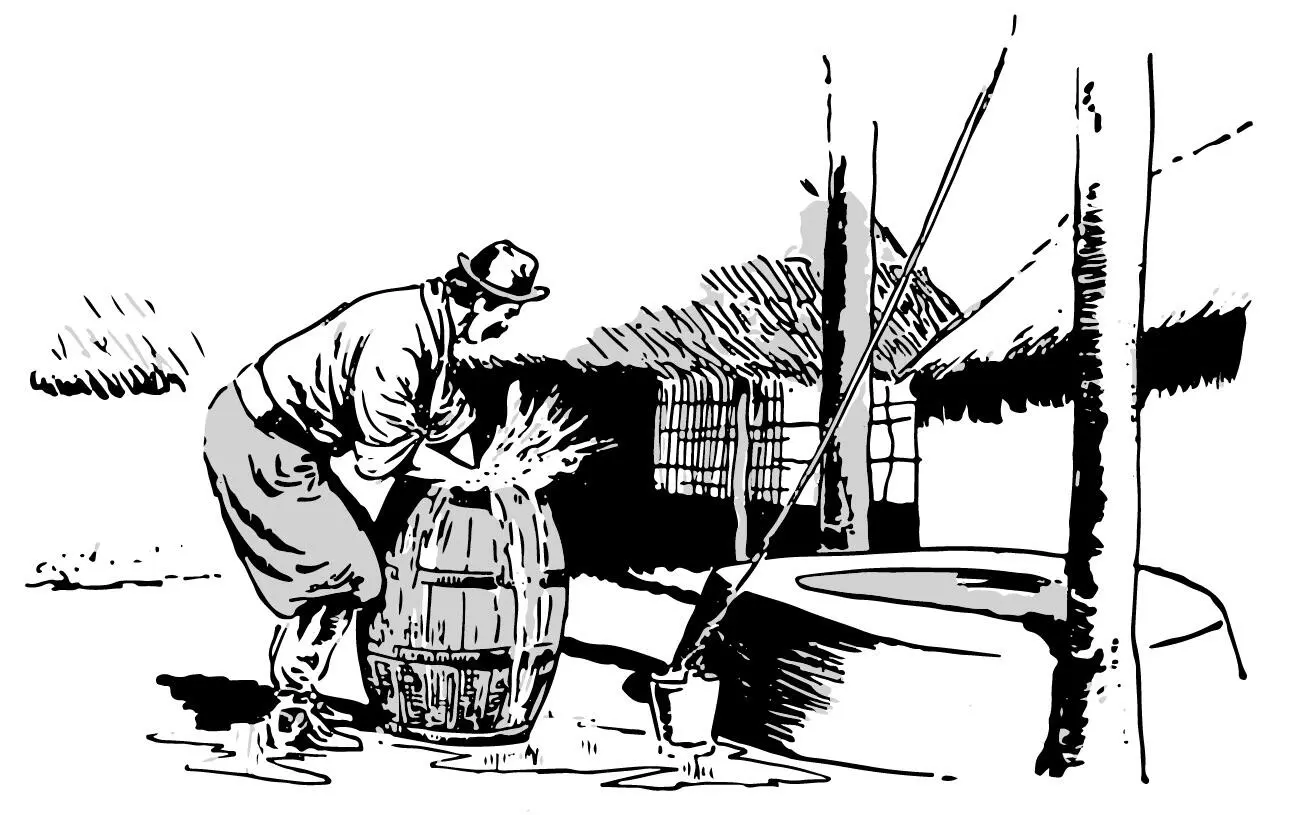

Editorial El Ateneo is proud to present The Gaucho’s Heritage, by Enrique Rapela.
The texts, originally published in three installments, have been organized in chapters and subject parts. We have been extremely respectful of his style, preserving his thoroughness when he describes each knot, the traditional games, the variety of the coat color of the horses.
Beieng an excellent draftsman, his illustrations are inseparable from the text: they constitute all together a unique work. In order to clean the stains that time could have caused in them, the images were treated to make them pristine again to the reader’s eyes. To achieve that, they were scanned from the original; they were cleaned with Photoshop® until they were left without moire, and then they were passed to a vector in Illustrator®. That allowed us to show them in the desired size without losing an ounce of quality.
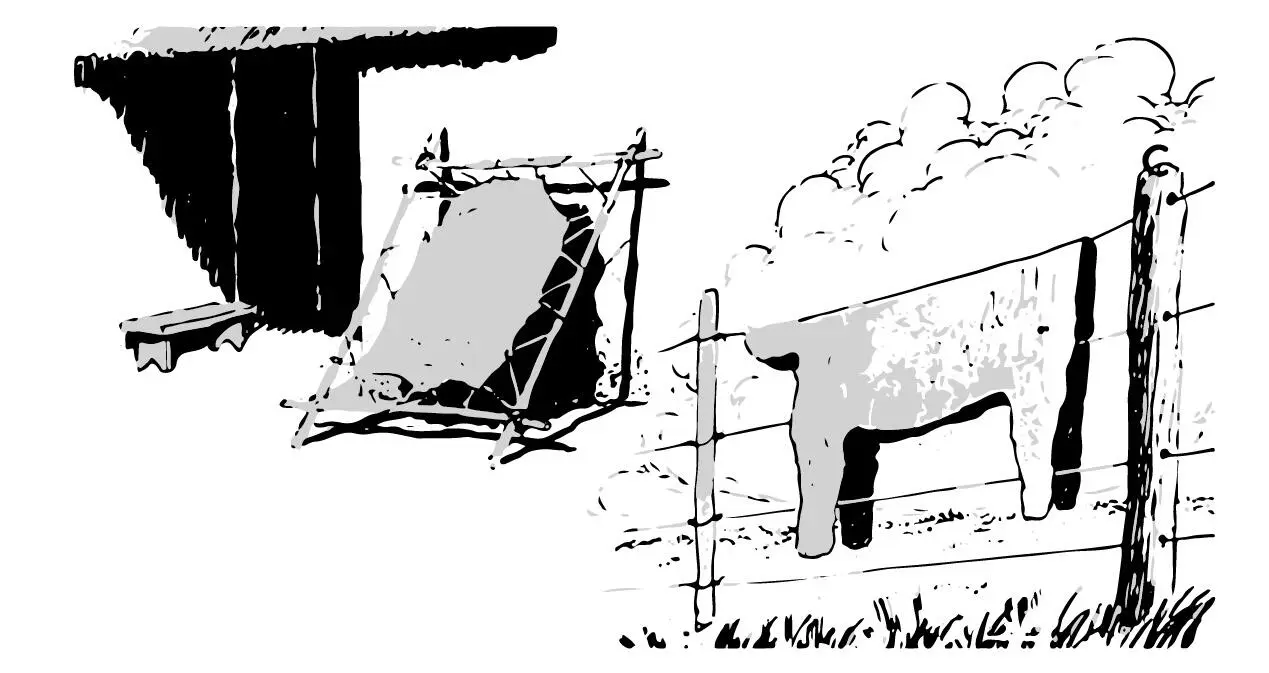 Читать дальше
Читать дальше




